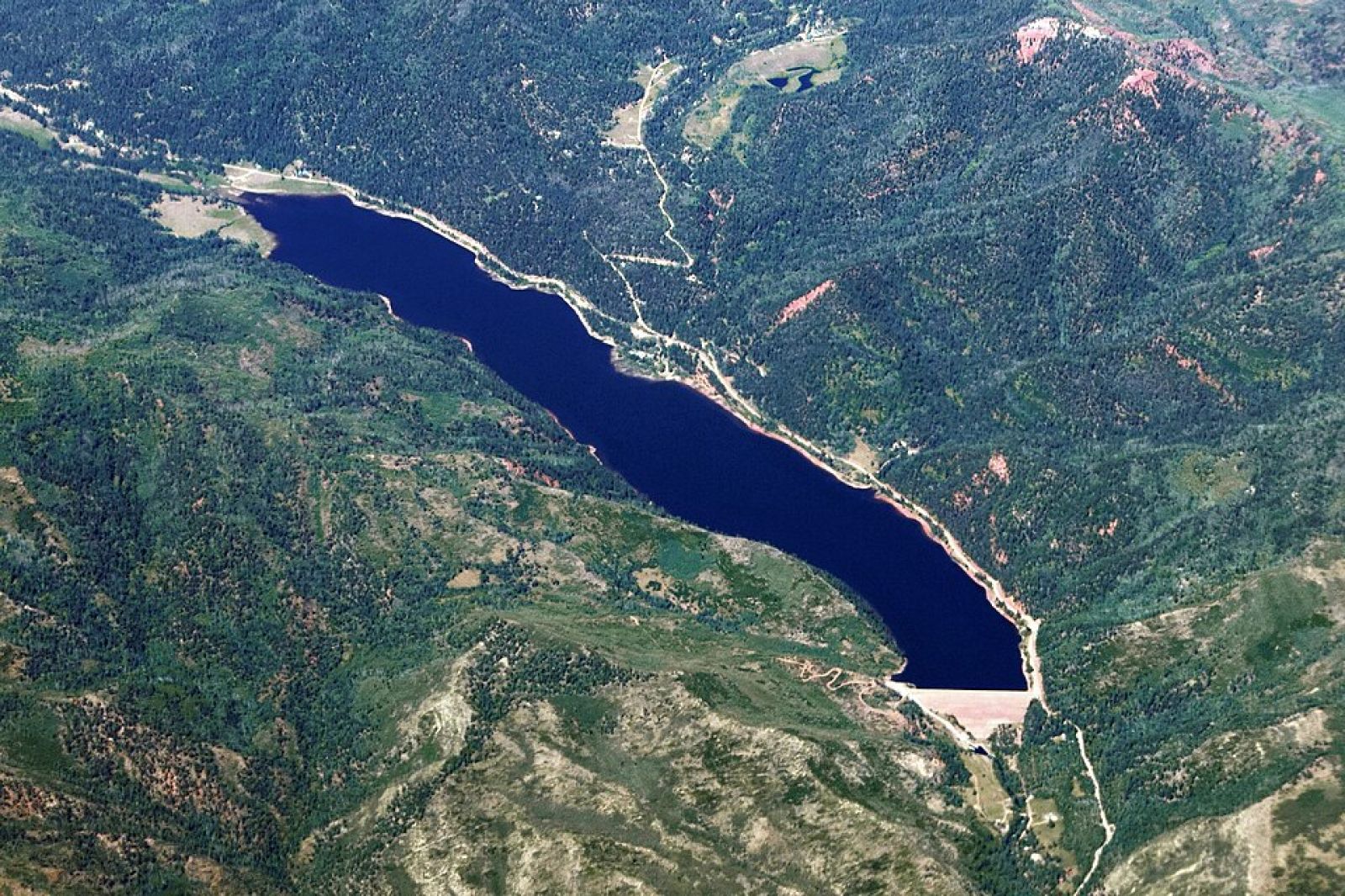🌍 Man-made dams have shifted Earth's poles
Published by Cédric,
Article author: Cédric DEPOND
Source: Geophysical Research Letters
Other Languages: FR, DE, ES, PT
Article author: Cédric DEPOND
Source: Geophysical Research Letters
Other Languages: FR, DE, ES, PT
Follow us on Google News (click on ☆)
How dams shift the poles
Earth's crust, solid yet flexible, rests on a layer of viscous magma. Any mass redistribution on the surface, such as ice melting or water storage, causes an adjustment of this outer envelope. Dams, by retaining billions of tons of water, have thus generated a gradual shift of the poles.
Between 1835 and 2011, this water accumulation caused the poles to shift by approximately 3.6 feet (1.1 meters). Researchers identified two distinct phases, corresponding to construction waves in North America and Europe, then in Asia and Africa. Each period directed the North Pole toward different meridians.
This phenomenon, called "true polar wander," has no direct impact on climate. However, it highlights the scale of human-induced changes. Dams also contributed to a temporary 0.8 inch (21 mm) drop in mean sea level.
Implications for climate study
Artificial reservoirs masked part of the historical ocean rise. In the 20th century, they retained the equivalent of 25% of the expected increase. This data must now be integrated into climate models to refine projections.
Dam locations also influence regional sea level rise distribution. Areas near large reservoirs could experience specific variations, according to the scientific team's calculations. These effects, although subtle, require increased attention.
Finally, this study provides a framework for anticipating future polar shifts linked to ice sheet melting. The highlighted mechanisms help understand how Earth responds to mass redistributions, whether natural or anthropogenic (human-caused).
